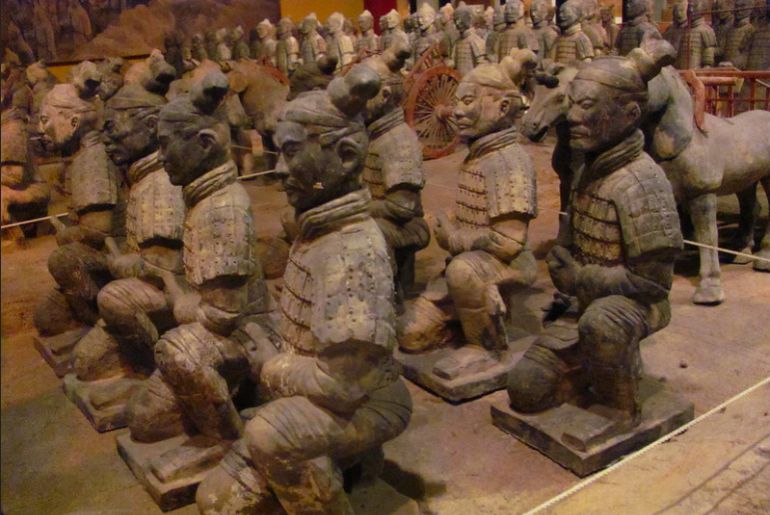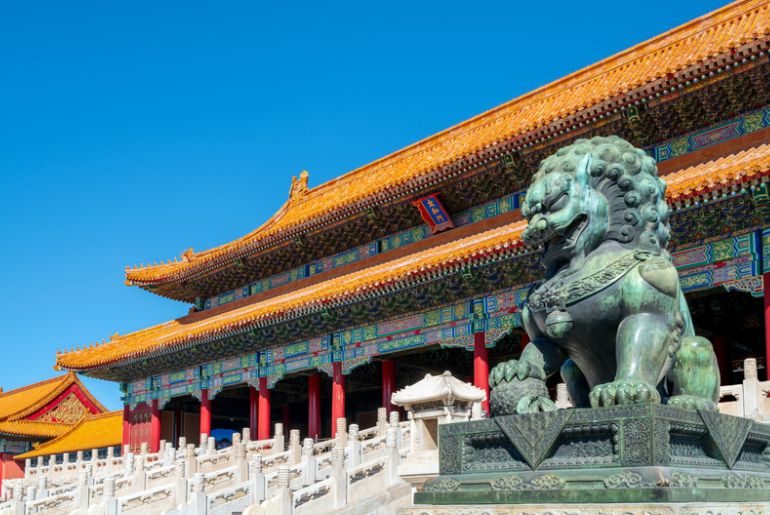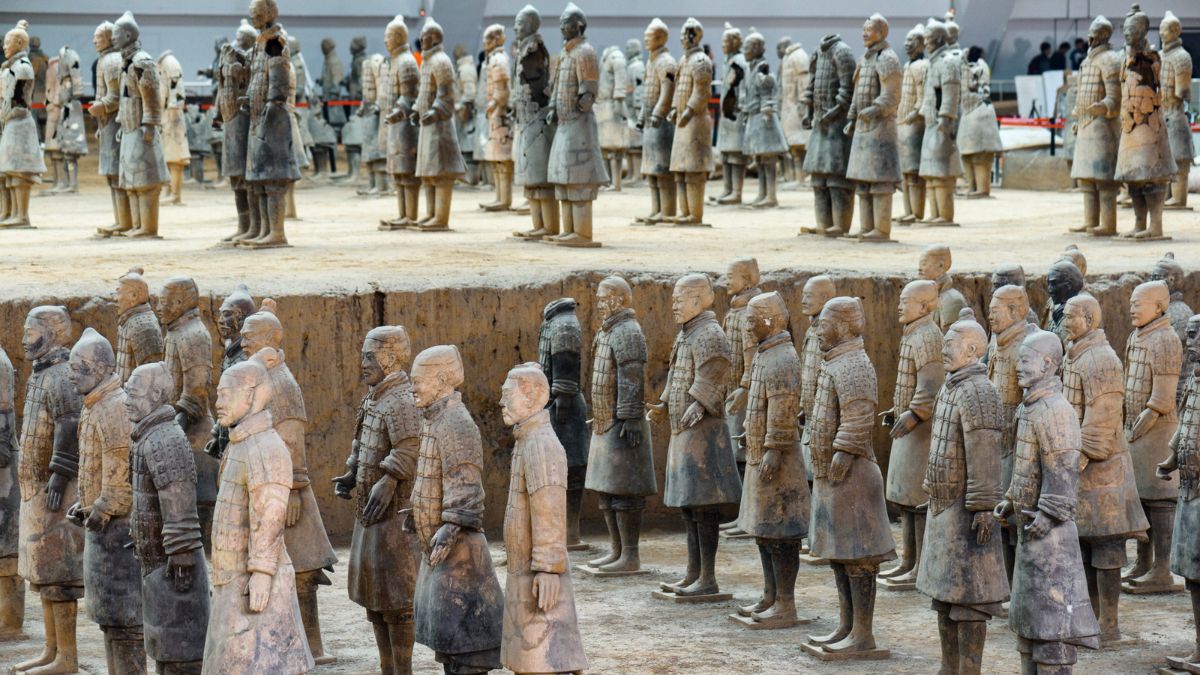China, India’s neighbouring country, has a rich history that reflects in some of its historic monuments. In addition to the fossil records from the Paleolithic Period, the country has witnessed the rise and fall of several empires and dynasties. You will find its evidence during archaeological excavations. Recently, during such an excavation, centuries-old tombs were found!
Tombs Found In Shandong Province In China

According to local authorities, on Thursday, more than 110 tombs with an approximate 700-year age have been found in Shandong Province in east China.
Gold, silver, bronzeware, pottery, and ceramics were discovered in the graves that were discovered in the Chiping District of Liaocheng City last year. The tombs were constructed during the Jin Dynasty and the Qing Dynasty. Li Xingdong, head of the Chipping District’s cultural relics protection centre, claims that these artefacts were very well-liked at the time and had great value for academic and exhibition uses.
Murals in one of the Yuan Dynasty tombs with two burial chambers were comparatively well preserved. The magpies and branches on the murals were a classic Chinese design for good fortune.
Dynasties Ruling China

Sima Yan, later known as Emperor Wu, established the Jin dynasty. The Three Kingdoms period came to an end when the Jin dynasty, ruled by Emperor Wu, united mainland China in 280 and invaded Eastern Wu. The time of peace was very brief since internal strife, political unrest, and corruption quickly undermined the Jin state.
The Manchus established the Qing dynasty rather than the Han people, who make up the majority of the Chinese population. In Chinese history, it was the final imperial dynasty. The dynasty was formally established in 1636 in Manchuria. In 1644, it took power in Beijing. Later, it extended its dominance to include all of mainland China, Taiwan, and Inner Asia. The dynasty survived until it was overthrown in the Xinhai Revolution of 1912, though. After the Mongol Empire was divided, the Yuan dynasty took over as China’s imperial dynasty.
Also Read: More Than 1000 Years Old, China’s Guyaju Caves Has Over 350 Stone Rooms & Mystery Intact
Kublai, the fifth Khagan emperor of the Mongol Empire and a member of the Borjigin family, reigned it from 1271 until 1368.
Cover Image Courtesy: Canva (Rep Img)
First Published: May 19, 2023 6:33 PM



